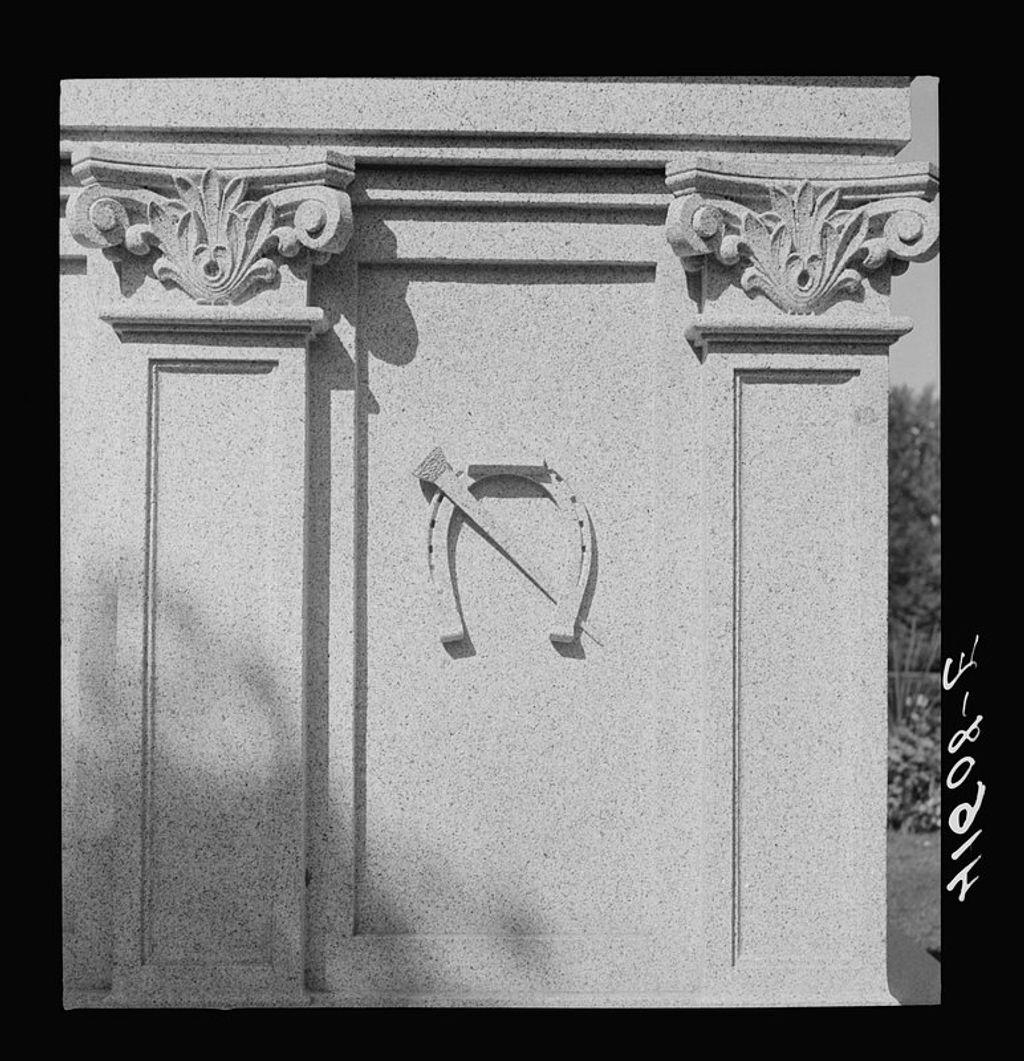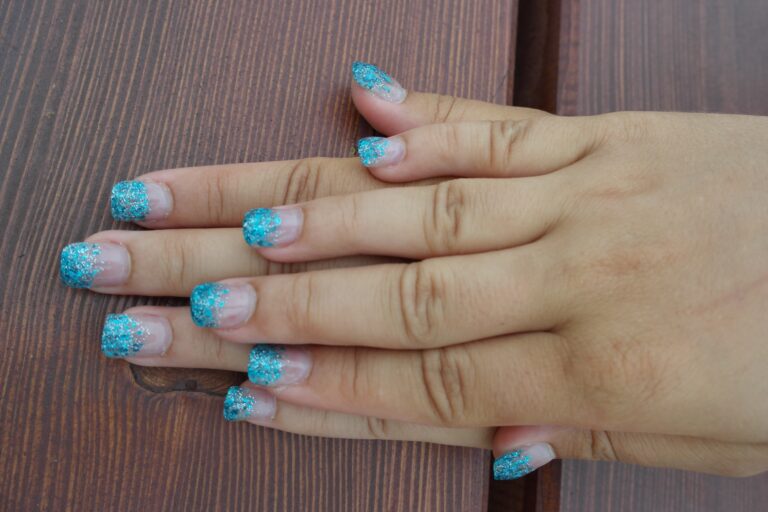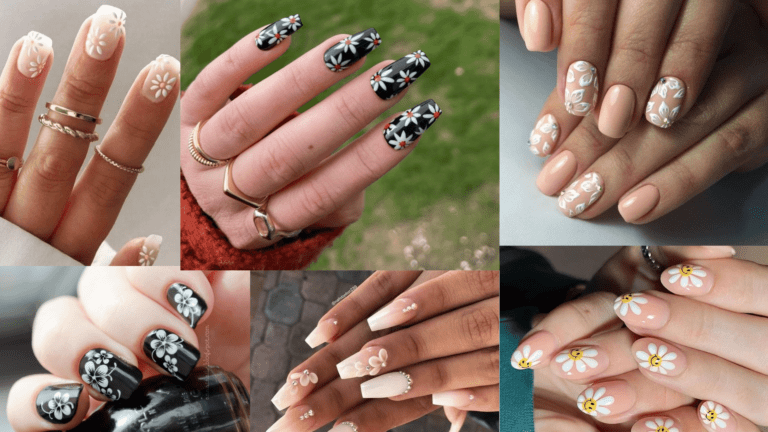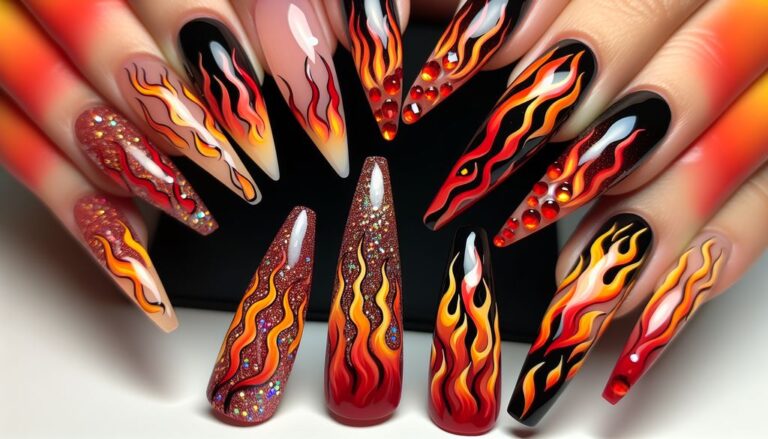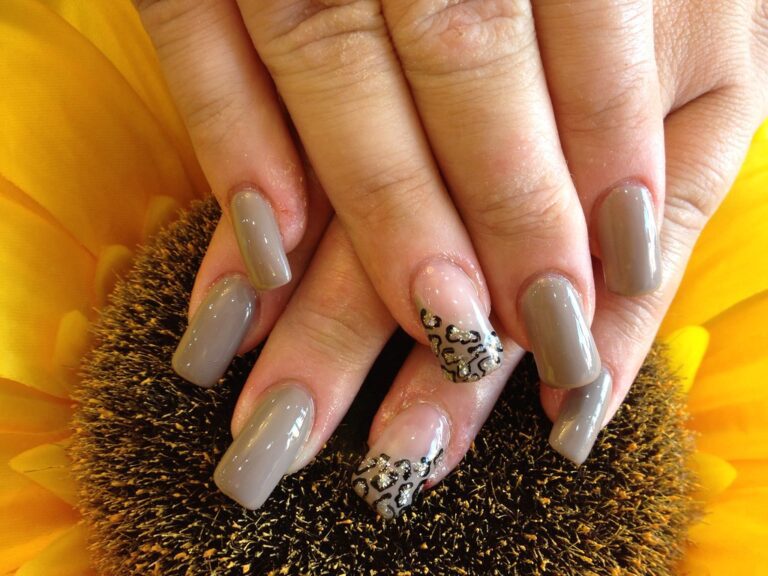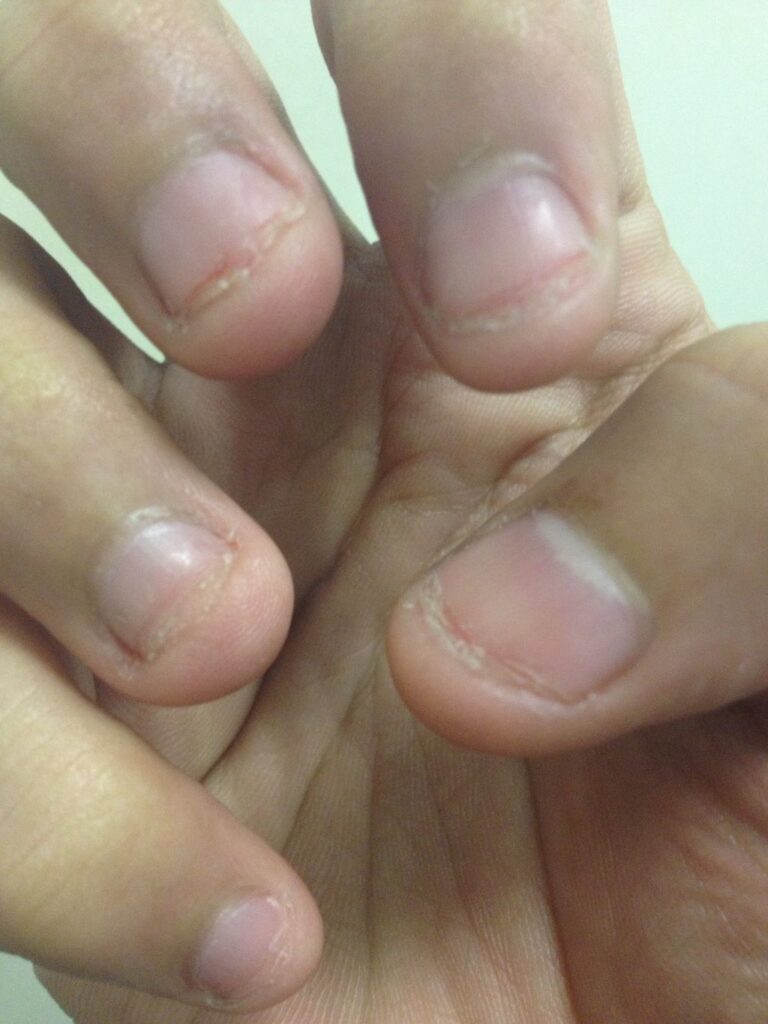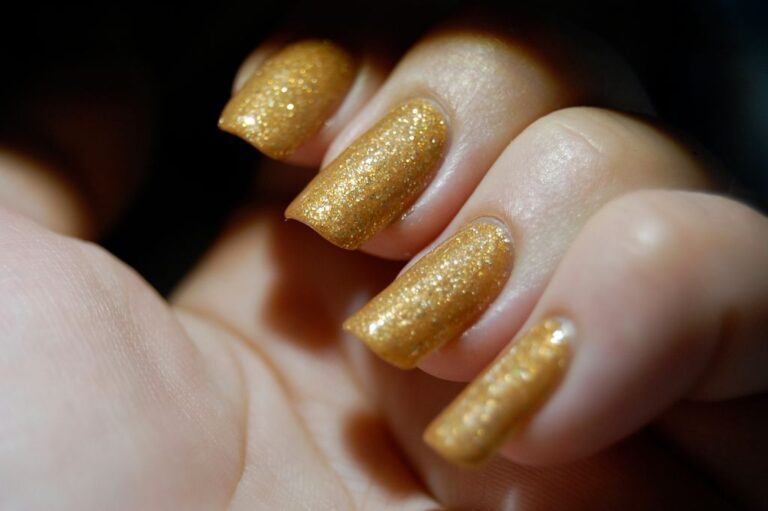“Picture Perfect: Nails to Hang Pictures”
Hanging pictures can add a personal touch to any space, but it’s important to choose the right nails and techniques to ensure they are secure and well-positioned. This article covers everything from selecting the right nails for different surfaces to avoiding common mistakes in picture hanging. Whether you’re a DIY enthusiast or a professional decorator, these tips will help you achieve picture-perfect results every time.
Key Takeaways
- Understand the different nail types and their suitability for various surfaces.
- Assess the weight and size of the picture frames to select the appropriate nails.
- Properly assess the wall material and strength before hanging pictures to prevent damage.
- Use techniques for hanging heavy frames securely to ensure stability and safety.
- Regularly clean and maintain picture frames and protect wall surfaces from nail holes.
Choosing the Right Nails for Hanging Pictures

Understanding Nail Types
When it comes to hanging pictures, the type of nail you choose can make a significant difference in both the appearance and stability of your framed memories. There are several nail types to consider, each designed for specific purposes and materials.
- Common Nails: These are the most versatile and can be used for a variety of general purposes.
- Box Nails: Similar to common nails but with a thinner shank, making them less likely to split wood.
- Finishing Nails: With a small head, these nails are perfect for a discreet look.
- Drywall Nails: Designed to be used with drywall, they have a ringed shank for better grip.
- Masonry Nails: These are made to penetrate hard materials like concrete or brick.
Tip: Always consider the weight of the picture and the wall material before selecting a nail. A nail that is too small may not hold the picture securely, while one that is too large can cause unnecessary damage to your wall.
Understanding the differences between these nail types is crucial for achieving a secure and aesthetically pleasing result. Selecting the right nail for the job not only ensures that your pictures will hang beautifully but also helps protect the integrity of your walls.
Considerations for Weight and Size
When selecting the appropriate nail for hanging pictures, the weight of the picture frame is a critical factor. It’s essential to use a nail that can support the frame’s weight to prevent any accidents or damage. As a general guideline, choose a nail with a weight rating that is at least double the weight of the picture frame. This ensures a secure hold and accounts for any additional stress on the nail over time.
- For lightweight frames (up to 5 pounds), simple nails or adhesive hooks may suffice.
- Medium-weight frames (5-20 pounds) typically require a picture hanger or a wall anchor.
- Heavy frames (over 20 pounds) demand more robust solutions like toggle bolts or specially designed hangers.
Tip: Always consider the cumulative weight if you’re planning to hang multiple pictures close to one another. The combined weight may require a sturdier hanging solution.
Additionally, the size of the nail is important. A nail that is too small may not provide enough support, while one that is too large can cause unnecessary damage to your walls. Select a nail that is proportionate to the size of the frame and the wall’s thickness.
Selecting the Right Nail for Different Surfaces
When selecting the right nail for different surfaces, it’s important to consider the material and strength of the surface. Different surfaces, such as drywall, plaster, or wood, require nails of varying lengths and thicknesses. Here’s a quick reference table for nail selection based on surface type:
| Surface Type | Recommended Nail Type |
|---|---|
| Drywall | 1 1/4" to 1 1/2" |
| Plaster | 1 1/2" to 2" |
| Wood | 2" to 3" |
Remember to always assess the surface before hammering in the nail to ensure a secure and lasting hold.
Tip: For delicate surfaces like plaster, consider using a nail with a wider head to distribute the weight and minimize damage.
Preparing the Wall for Picture Hanging

Assessing Wall Material and Strength
Before you begin the process of hanging your picture, it’s crucial to assess the wall material and its strength. Different materials will require different types of nails and hanging methods. For instance, drywall may not support as much weight as a wooden stud or masonry wall.
- Drywall: Typically requires anchors or special drywall nails.
- Wooden Studs: Can support heavier frames with standard nails.
- Masonry: Needs masonry nails or screws with wall plugs.
Tip: Use a stud finder to locate wooden studs behind drywall for a more secure hanging point.
Understanding the wall’s capacity will prevent damage and ensure that your picture stays securely in place. Always consider the weight of the frame and the type of wall surface when selecting your hanging hardware.
Cleaning and Preparing the Wall Surface
Before you begin the process of hanging your picture, it’s crucial to ensure that the wall surface is clean and ready. Dirt and debris can affect the grip of your hanging hardware and may lead to instability or damage over time. Start by dusting off the wall with a soft cloth or a duster to remove any loose particles.
For a deeper clean, especially in areas prone to handprints or smudges, a gentle cleaning solution can be used. Architectural Digest recommends a methodical approach: starting at the top and working your way down in light, circular motions to minimize streaks. Be sure to use a non-abrasive cleaner that won’t damage the paint or wall covering.
If you’re dealing with a wall that has adhesive residue or leftover marks from previous hangings, a specialized cleaner like Pronto 100% Pure Acetone can be effective. However, always test a small, inconspicuous area first to ensure that the cleaner does not discolor or damage the surface.
Tip: After cleaning, allow the wall to dry completely before proceeding with hanging your picture. This will prevent any moisture from being trapped behind the frame, which could potentially cause damage over time.
Hanging Techniques for Different Picture Frames

Hanging Heavy Frames Securely
When it comes to hanging heavy frames, the key is to distribute the weight evenly and ensure that the hardware can support the load. Start by selecting a sturdy hanger that is rated for the weight of your picture frame. Traditional picture hooks might not suffice for heavier pieces, and you may need to consider wall anchors or toggle bolts for added security.
- Use a stud finder to locate the solid wood framing within your walls, as this will provide the most support. If a stud isn’t available in the desired location, heavy-duty drywall anchors can be an alternative. Here’s a simple list to guide you through the process:
- Identify the weight of the picture frame.
- Choose the appropriate hardware for the frame’s weight.
- Locate a stud or decide on a suitable anchor.
- Mark the exact spot on the wall where the nail or anchor will go.
- Carefully hammer the nail or install the anchor.
- Hang the frame and use a level to ensure it’s straight.
Tip: Always double-check the weight rating of your hanging hardware and consider using two points of contact on the wall for frames over 20 pounds to prevent tilting or falling.
By following these steps and using the right tools, you can hang your heavy frames with confidence, knowing they are secure and will remain in place over time.
Tips for Hanging Large or Odd-Shaped Frames
When it comes to hanging large or odd-shaped frames, precision and planning are key. Start by measuring the dimensions of the frame and the space on the wall where it will be displayed. For frames that are particularly heavy or have an unusual shape, consider using a French cleat system. This method involves mounting a cleat on the wall and attaching a corresponding cleat to the frame, ensuring a secure and level hang.
-
Use anchors or toggle bolts for added stability in drywall, especially for heavier frames.
-
For plaster walls, pre-drill holes to prevent cracking and use masonry nails or screws with wall plugs.
Tip: Always use a level to ensure your frame hangs straight. For large frames, enlist the help of another person to hold the frame against the wall while you mark the correct placement.
Remember to step back and view the frame from different angles and distances to ensure it’s positioned exactly where you want it. Adjust as necessary before making any permanent fixtures.
Avoiding Common Mistakes in Picture Hanging

Overcoming Crooked Picture Syndrome
Crooked pictures can detract from the aesthetic appeal of a room and suggest a lack of attention to detail. To ensure your pictures hang straight, start by using a level during the installation process. Place the level on top of the frame and adjust until the bubble is centered. For added stability, consider using two nails spaced apart rather than a single central nail.
Leveling tools are indispensable in the battle against crooked frames. However, even with the best tools, pictures can shift over time due to door slams or wall vibrations. To combat this, adhesive strips or rubber bumpers can be applied to the back of the frame, providing friction and helping to keep the picture in place.
Tip: Always measure twice before hammering a nail into the wall. This not only ensures precision but also helps to prevent unnecessary holes and marks on your wall surfaces.
Preventing Wall Damage and Cracks
When hanging pictures, it’s important to take measures to prevent wall damage and cracks. One way to do this is by using protective pads or adhesive hooks to distribute the weight of the picture and minimize pressure on the wall. Additionally, consider using picture rail molding as an alternative to traditional nails for hanging pictures, especially for heavier frames. This method can help reduce the risk of wall damage and cracks, providing a more secure and versatile hanging solution.
Maintaining Picture Frames and Wall Surfaces

Cleaning and Maintaining Picture Frames
When it comes to cleaning and maintaining picture frames, it’s important to handle them with care. Use a soft brush or cloth to gently remove dust and dirt, and consider using a mild soap and water solution for more thorough cleaning. Additionally, regularly assessing the condition of the frames can help prevent the need for intensive cleaning in the future. Remember to avoid harsh chemicals or abrasive materials that could damage the frames.
Protecting Wall Surfaces from Nail Holes
After hanging your pictures, it’s important to take steps to protect your wall surfaces from nail holes. One way to do this is by using masking tape to prevent plaster chipping and dust. Another method is to fill small holes with spackling compound and larger holes with joint compound. These techniques can help maintain the integrity of your walls and keep them looking pristine. Remember, a little care goes a long way in preserving the beauty of your walls.
Maintaining picture frames and wall surfaces is essential for preserving the beauty of your home. Regular dusting and cleaning can help prevent dirt and grime from building up on the frames and walls. Additionally, inspecting for any signs of damage or wear and tear is important for maintaining the structural integrity of these surfaces. By taking the time to care for your picture frames and wall surfaces, you can ensure that they remain in top condition for years to come. For more tips on home maintenance and design, visit NAILinspire.com – The Ultimate Online Nail Art Design Library.
Frequently Asked Questions
How do I choose the right nail for hanging pictures?
Consider the weight and size of the picture and the wall material to select the appropriate nail type.
What are the best hanging techniques for heavy frames?
Use wall anchors or picture hangers for secure and stable hanging of heavy frames.
How can I prevent wall damage and cracks when hanging pictures?
Ensure proper wall preparation and use appropriate hanging techniques to prevent wall damage and cracks.
What is the best way to clean and maintain picture frames?
Use a soft cloth and gentle cleaner to dust and clean picture frames regularly for maintenance.
What should I do if my picture frame is crooked after hanging?
Use a level to adjust and straighten the picture frame for a balanced and aligned display.
How can I protect wall surfaces from nail holes when hanging pictures?
Use adhesive picture hanging strips or hooks that don’t require nails to avoid wall damage from nail holes.

